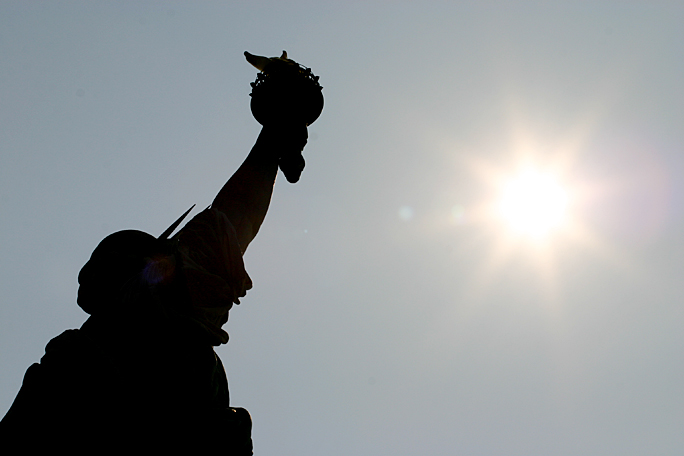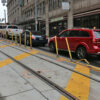Note: This article was originally published on Thursday, June 18, 2015 at 4:25 in the afternoon and has been updated.
Today, Tuesday, June 17, 2025 marks 140 years since the Statue of Liberty arrived in New York in 1885; and I thought I would commemorate the day with some photographs I had taken of one of the most recognizable landmarks in the world.
Celebrating 140 Years of The Statue of Liberty
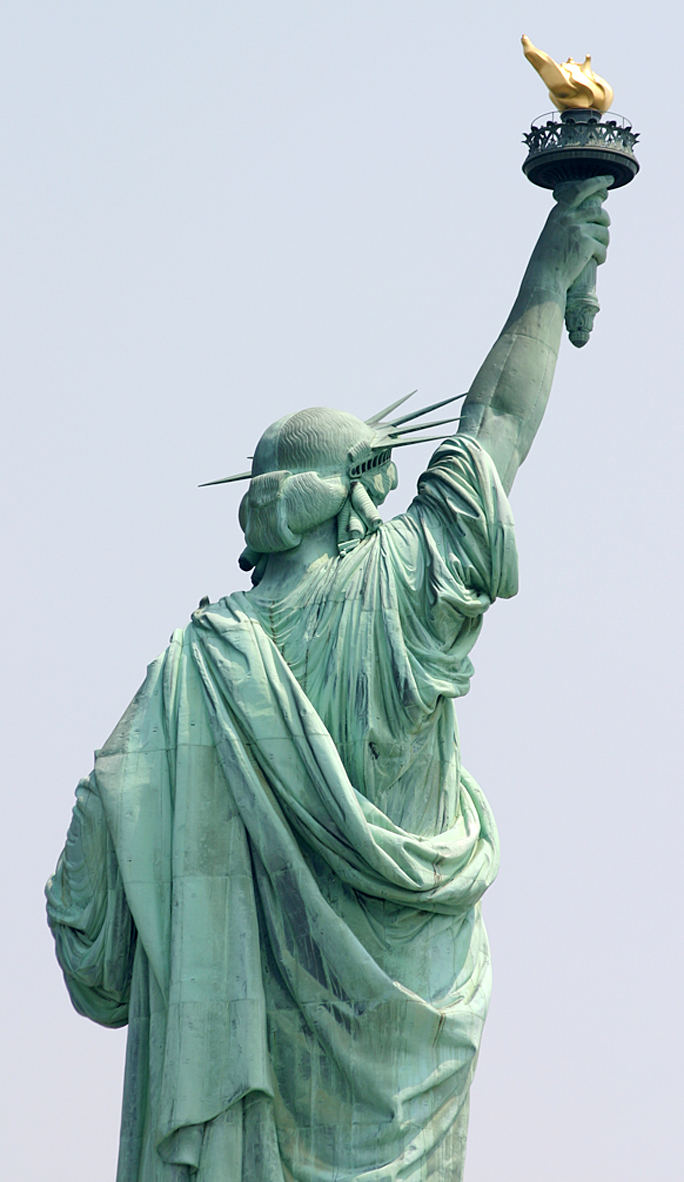
Officially dedicated on Thursday, October 28, 1886 after the pedestal was finished and the pieces were assembled, the statue of “Liberty Enlightening the World” — its official full name — was a gift of friendship from the people of France to the United States of America; and is recognized as a universal symbol of freedom and democracy.

Designated as a National Monument in 1924, “employees of the National Park Service have been caring for the colossal copper statue since 1933”, according to the official Internet web site of the statue.

In 1865, a French political intellectual and anti-slavery activist named Edouard de Laboulaye proposed that a statue representing liberty be built for the United States.

This monument would honor the centennial of independence of the United States and the friendship the country has with France.

The Statue of Liberty was originally envisioned as a lighthouse — hence, the torch — to be situated on what was then known as Bedloe’s Island.

Frederic-Auguste Bartholdi — the sculptor who designed the Statue of Liberty — was born in Colmar, which is located in the Alsace region of France. At the northern entrance of the town of Colmar is a smaller scale model of the Statue of Liberty in honor of Bartholdi, dedicated on Sunday, July 4, 2004 in commemoration of 100 years since his death.

I am certain that I have a photograph of that replica statue from a trip to Europe several years ago but I am unable to find it at the moment. Please accept my apologies; but if I do find it, I will be sure to post it in a future article.

If you visit Paris, there is a smaller scale replica of the Statue of Liberty located on an island in the middle of the Seine River near the Pont de Grenelle. Again, I cannot find it at the moment; but I have a photograph of this replica of the Statue of Liberty with the Eiffel Tower in the distance. Eerie dark clouds were brewing in the sky in the background, emphasizing the green of the statue. It was a decidedly creepy and strange photograph, if memory serves me correctly.

Did you know that if it were not for the Pyramids of Giza and the Sphinx in Egypt — which you should visit at your earliest opportunity — there probably would not have been a Statue of Liberty?
From 1855 to 1856, Bartholdi embarked on a life-changing trip throughout Europe and the Middle East with some fellow artists. When they visited the Sphinx and Pyramids of Giza in Egypt, Bartholdi discovered his passion for large-scale public monuments and colossal sculptures. In 1869, the Egyptian government expressed interest in designing a lighthouse for the Suez Canal. Eager and excited, Bartholdi designed a colossal statue of a robed woman holding a torch, which he called Egypt (or Progress) Brings Light to Asia. When he attended the canal’s inauguration, however, Bartholdi was informed that he would not be able to proceed with the lighthouse.
Although disappointed, Bartholdi received a second chance to design a colossal statue. In 1865, Edouard de Laboulaye proposed that a monument representing freedom and democracy be created for the United States. Bartholdi was a great supporter of Laboulaye’s idea and in 1870 he began designing the Statue of “Liberty Enlightening the World.”
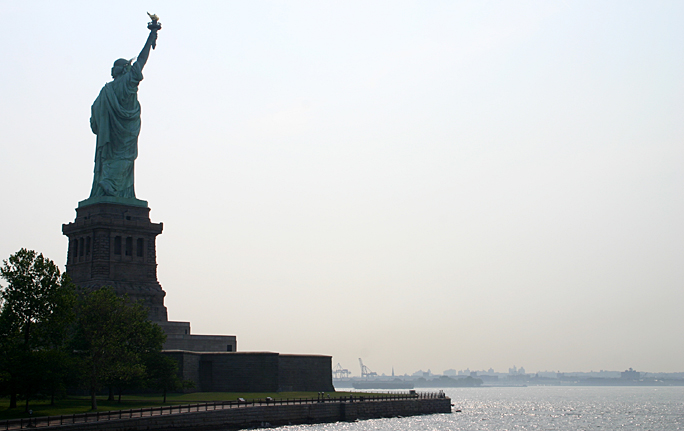
Once the pedestal was completed in 1886, the Statue of Liberty was reassembled with surprising speed by a fearless construction crew — many of whom were new immigrants.

The iron framework of Alexandre-Gustave Eiffel — yes, of the Eiffel Tower — was the first piece of the Statue of Liberty to be reconstructed; and the rest of the elements of the statue followed without the use of scaffolding. All construction materials were hoisted up by steam-driven cranes and derricks. Eiffel used the repoussé technique developed by Eugene Viollet-le-Duc in order to sculpt the skin of the statue.

I have visited the Statue of Liberty several times; and I have been to the crown.

May the Statue of Liberty grace New York Harbor — technically Upper New York Bay — with its unique presence and aura for at least another 140 years.

Final Boarding Call
Note that no admission fee is charged for access to the Statue of Liberty itself and to Ellis Island; but a fee must be paid for transportation via ferry to get there.
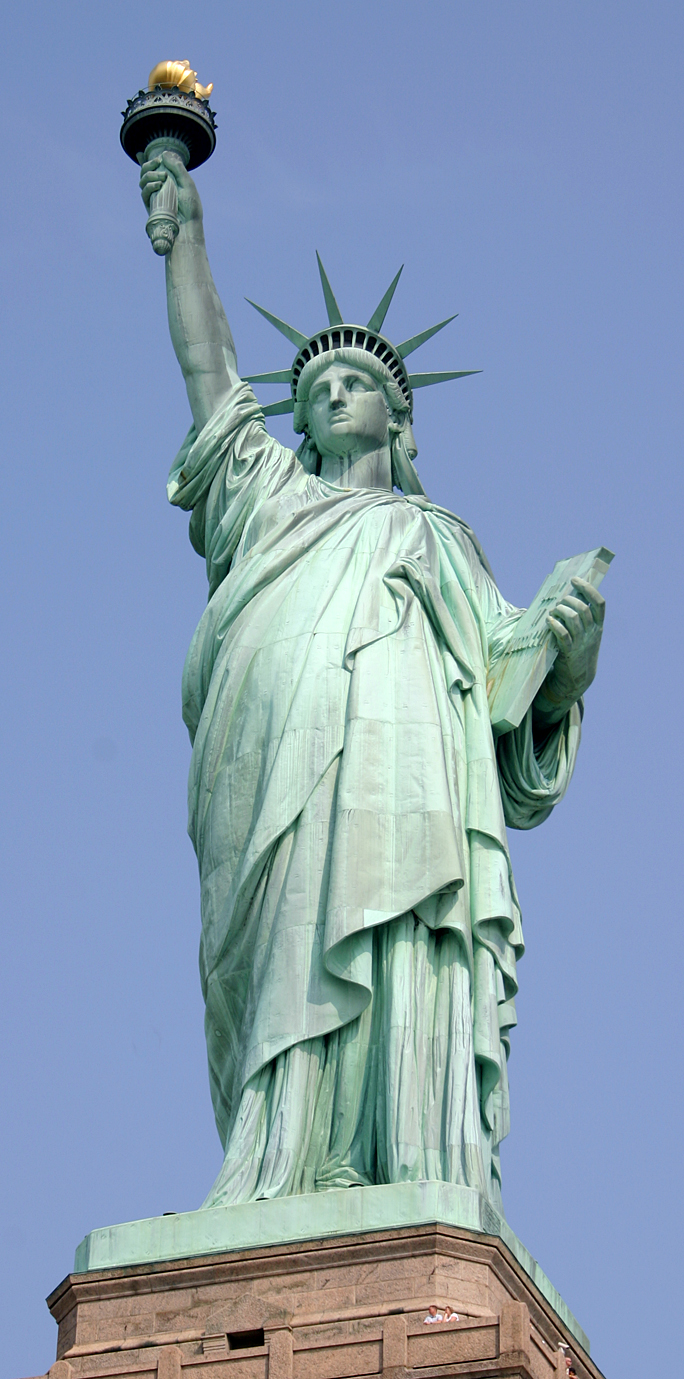
D
Statue of Liberty National Monument
1 Ellis Island
Jersey City, New Jersey 07305
1-212-363-3200
The park is open daily from 9:00 in the morning through 6:30 in the evening with the exception of Thanksgiving Day and Christmas Day.
Admission Fees
Tickets should be purchased through Statue City Cruises, which is the only authorized ferry service that brings visitors to Liberty Island and Ellis Island.
Ferry boats depart from either Castle Clinton National Monument in Battery Park in New York; or from the railroad terminal at Liberty State Park in New Jersey.
| Option | Children Under 4 |
Children 4-12 Years |
Adults 13+ |
Senior 62+ |
| FERRY TICKET: | $0.00 | $16.50 | $25.50 | $22.50 |
| PEDESTAL ACCESS: * | $0.00 | +$0.30 | +$0.30 | +$0.30 |
| CROWN ACCESS: | Restricted | +$0.30 | +$0.30 | +$0.30 |
| RANGER TOURS: | Free | Free | Free | Free |
| AUDIO TOURS: | Included | Included | Included | Included |
| ELLIS HARD HAT TOURS:** | Restricted | Restricted | + $50.00 | + $50.00 |
* Pedestal access does not include access to the crown.
**Hard Hat Tours of the hospitals on the South Side of Ellis Island are open only to visitors older than the age of 13. Tickets for the South Side Hard Hat tours are subject to availability.
Transportation
- By Subway: The 4 and 5 trains stop at Bowling Green; the R train stops at Whitehall Street; and the 1 train stops at the South Ferry station.
- By Bus: The M5, M15, and M20 stop at South Ferry. Walk to the west following signs for the Statue of Liberty ferries.
- The Hudson-Bergen Light Rail provides service through the Jersey City area in New Jersey and has a station at Liberty State Park, which is approximately one mile to walk from the location of the ferry.
- No free parking is available if you arrive by motor vehicle.
All photographs ©2007 by Brian Cohen.
